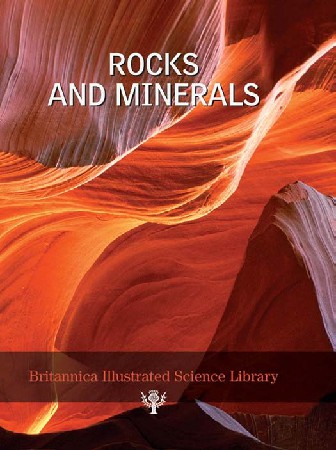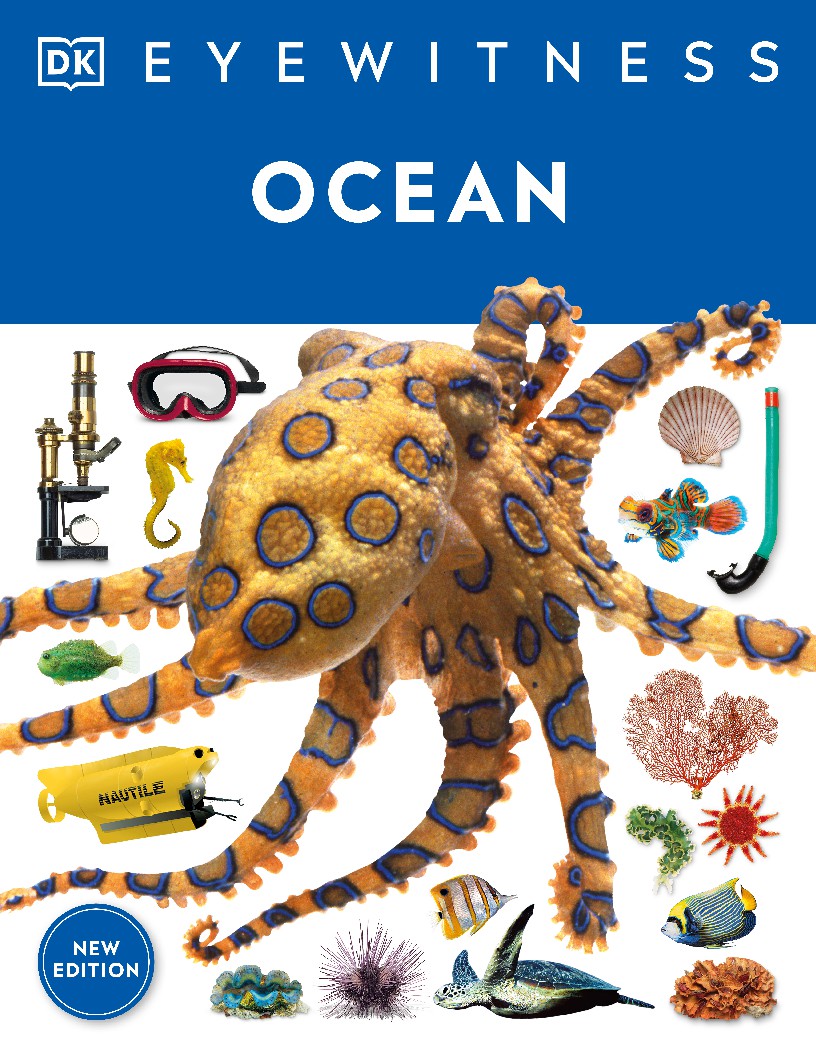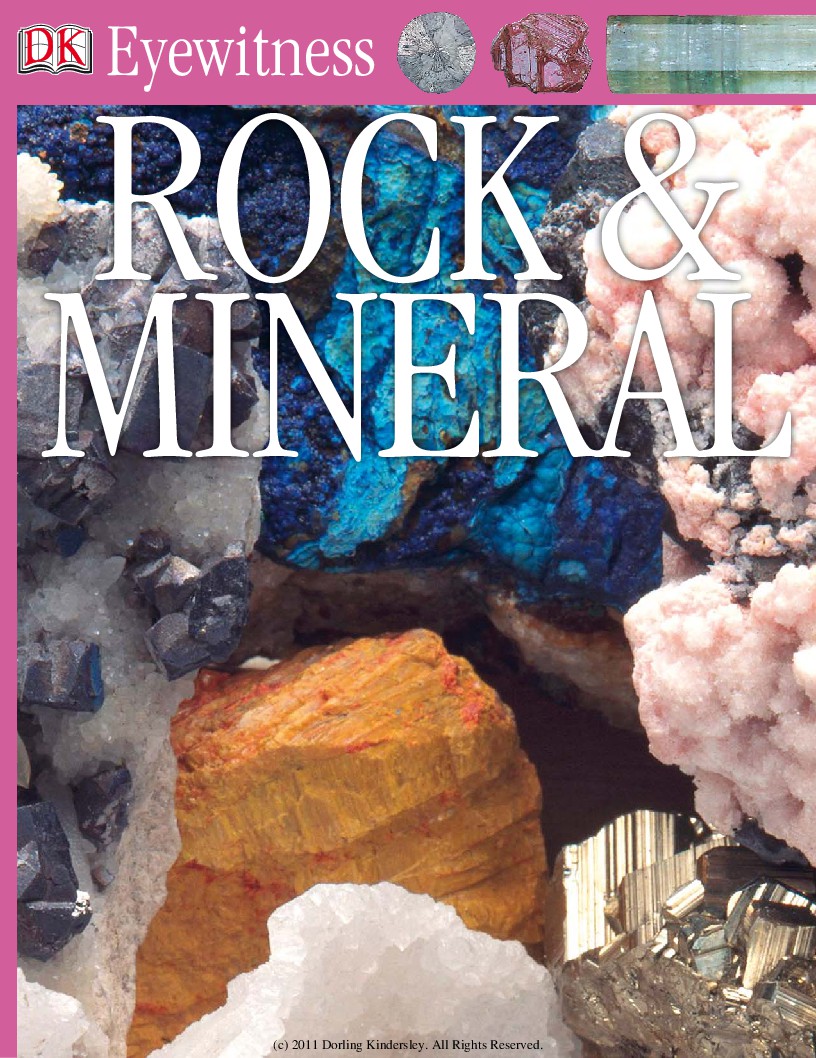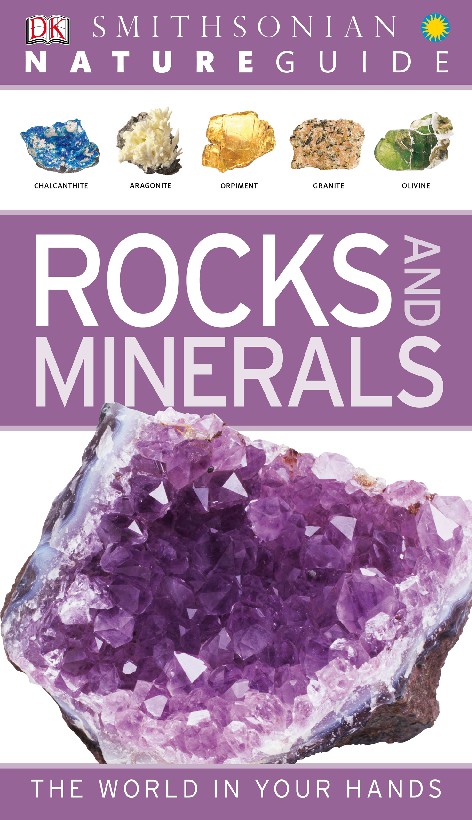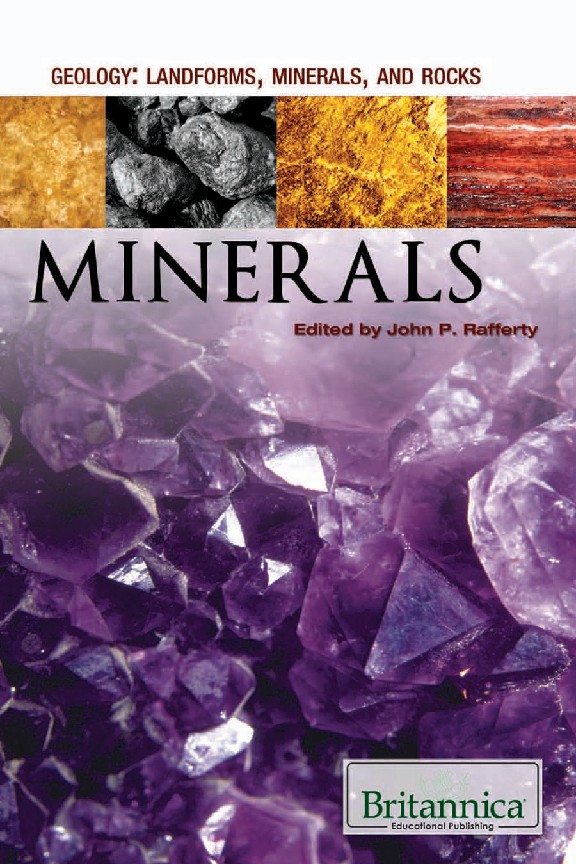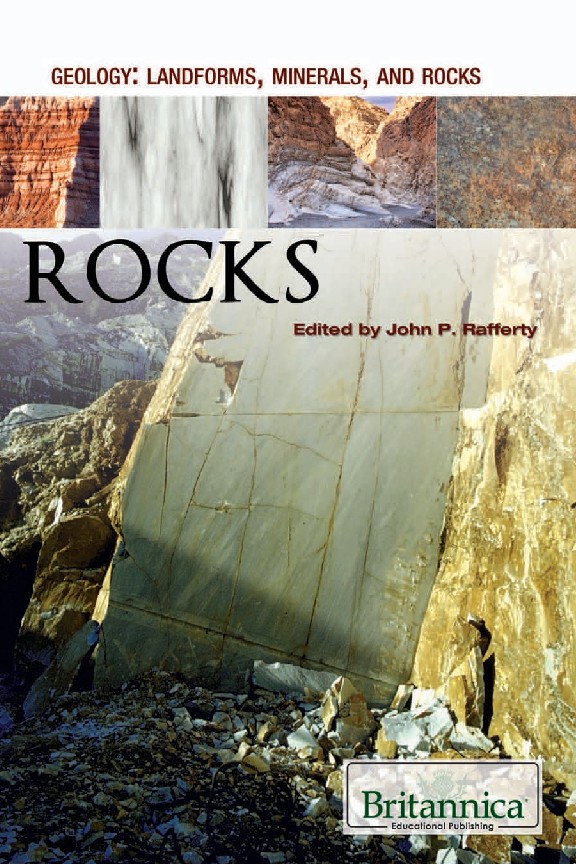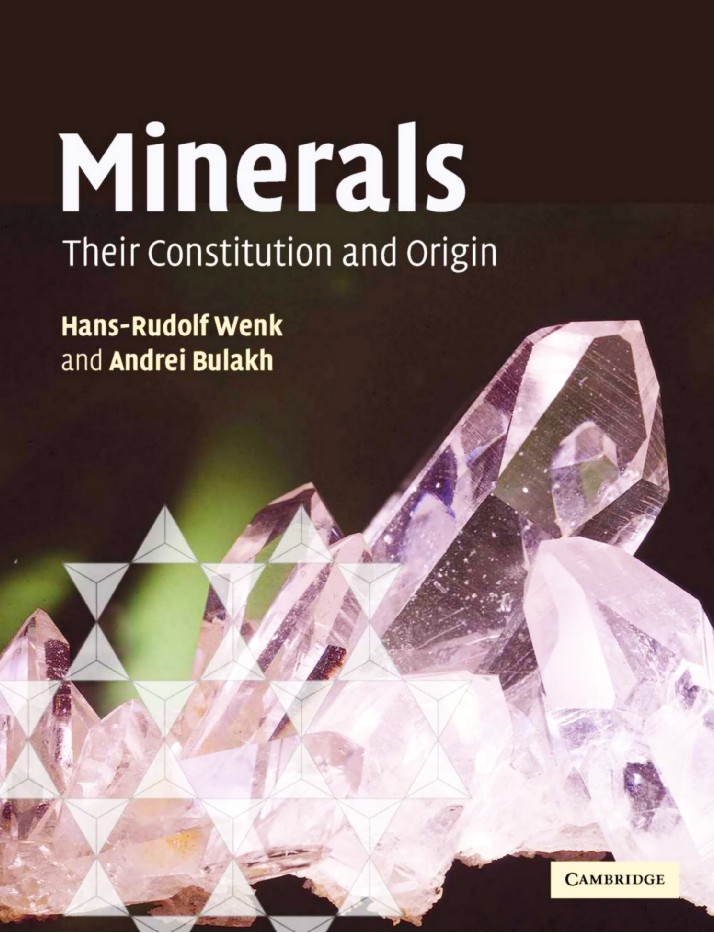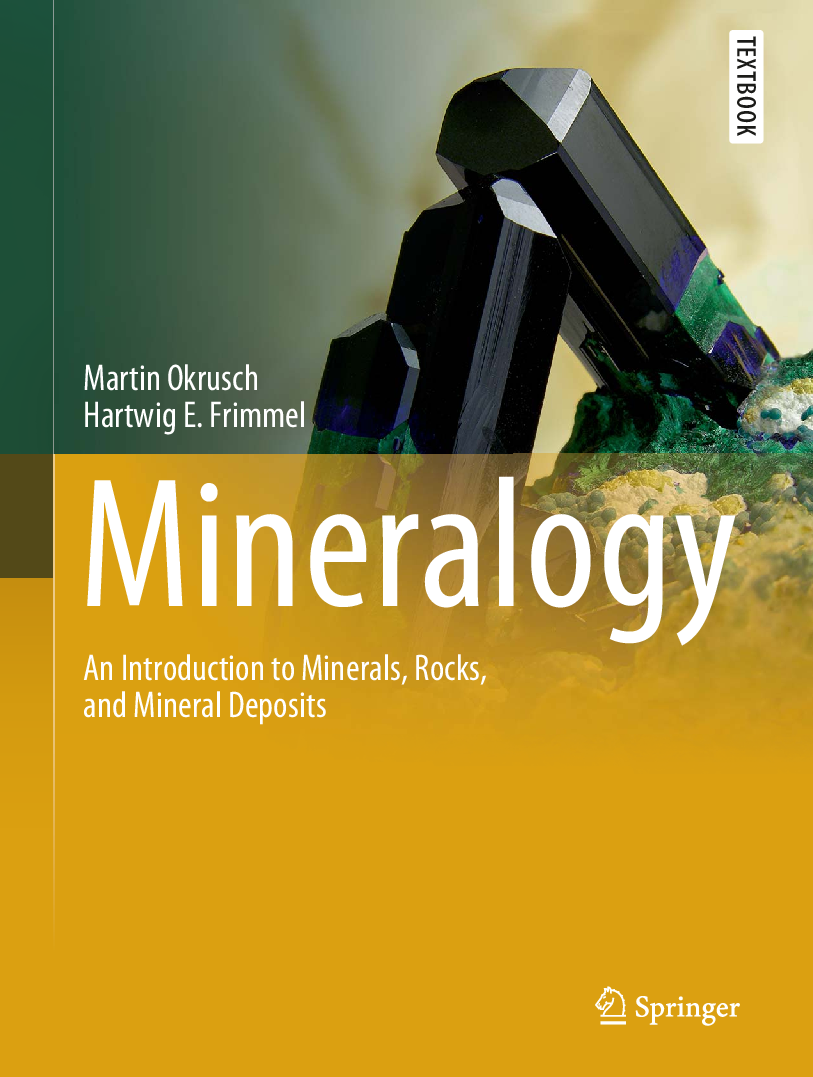Book Details
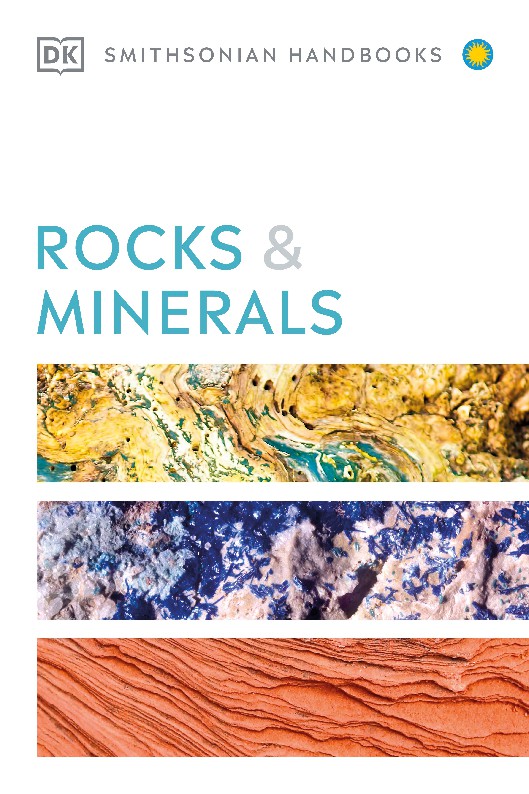
Rocks & Minerals
ROCKS AND MINERALS are a fundamental
part of the Earth’s crust. Collecting and
studying them can be both a rewarding
and an absorbing hobby. This can involve
traveling to exciting places, a lot of research,
and some time spent cataloging and
displaying finds. As your collection grows,
you can exchange material with other
collectors and purchase rare or exceptional
specimens from mineral dealers.
FIELD SPECIMENS
You may come to explore an area where, millions of
years ago, hot fluids—possibly associated with molten
magma beneath the Earth’s surface—have deposited
minerals in overlying strata. In such an area, you can
find many different specimens: rocks like granite and
limestone and minerals such as fluorite may all occur
within a short distance of each other.
A COLLECTING TRIP can take you to a
site a mile away or to the other side of
the world. Wherever your exact
destination is, you may find rock faces
and surfaces in sea or river cliffs or in
man-made exposures such as quarries,
road or rail cuttings, and artificial
drainage channels. Seek permission to
collect on private land, and remember
to take specimens in moderation.
Always treat natural exposures with care,
and don’t quarry away natural rock faces.
Collectors can also be conservationists.
Author: DK Publishing
Pages: 256
Issue By: eBook 707
Published: 2 years ago
Likes: 0
